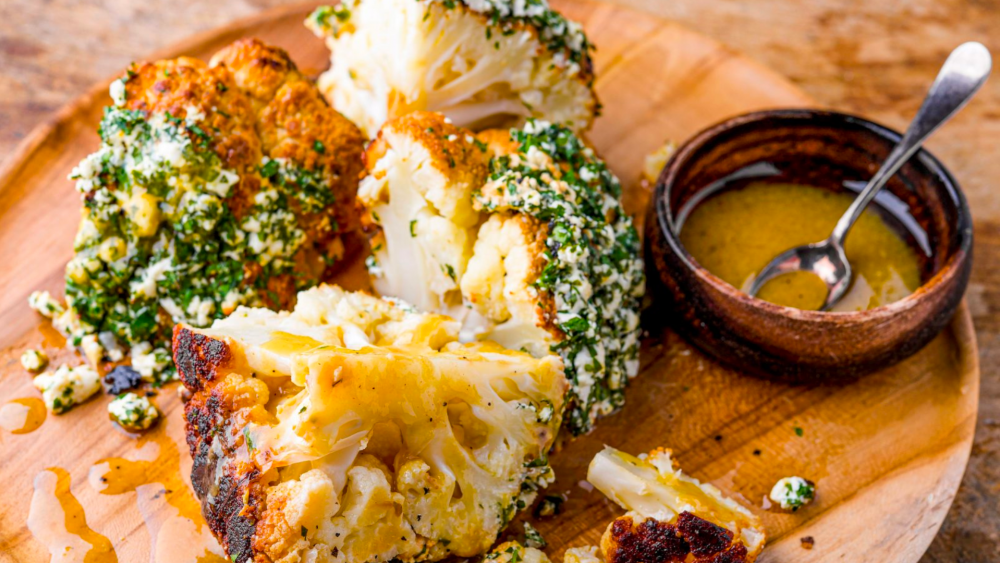But bowls of shredded leaves are less appealing in the winter. Cold weather calls for warm, comforting food, and you don’t have to sacrifice warmth and comfort in the name of nutrition. These are our favorite ways to eat vegetables, without resorting to piles of raw roughage.
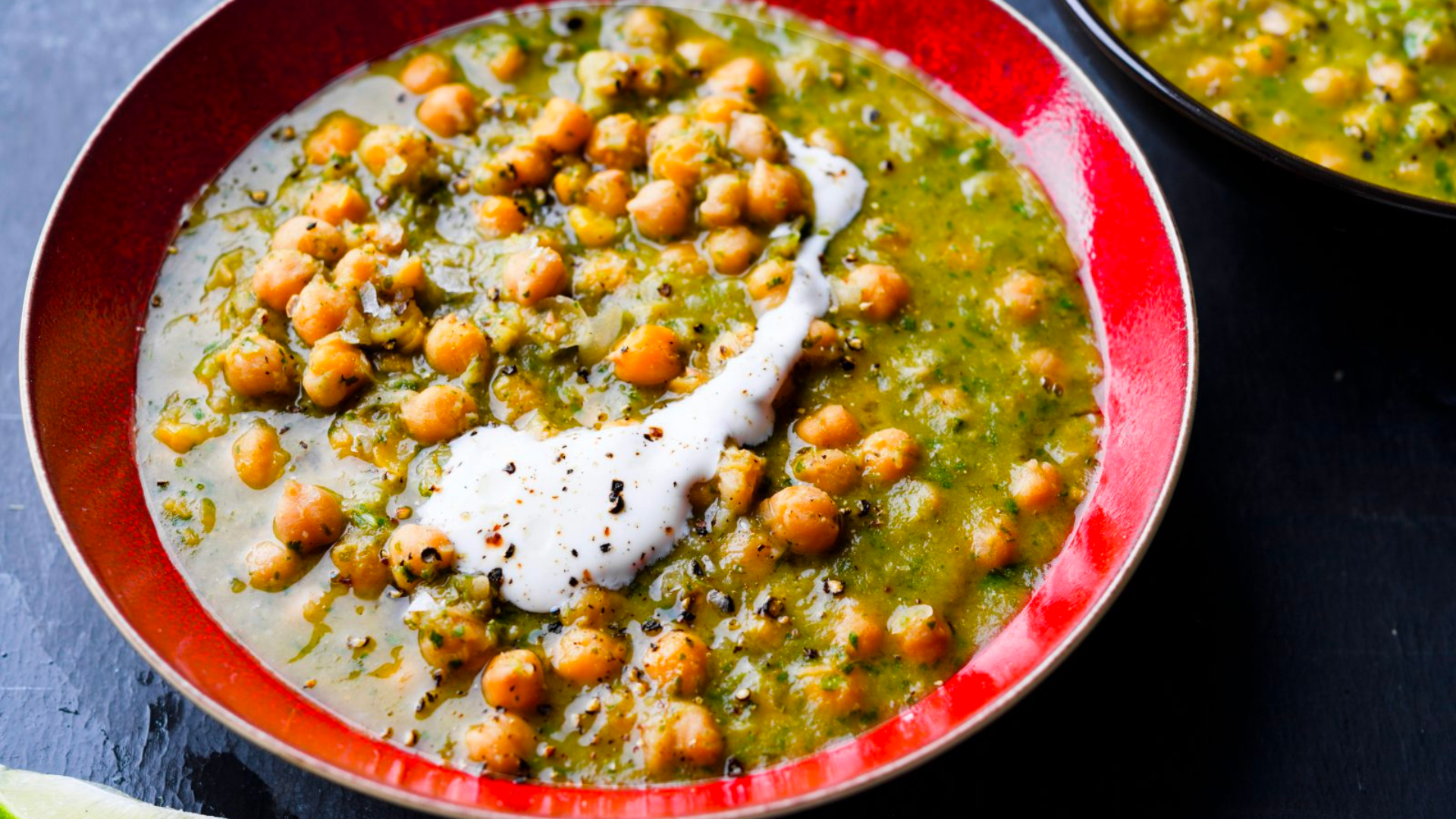
Curried Chickpeas with Cilantro and Scallions
This chickpea curry is bright and zingy, yet warming and satisfying. It’s inspired by a recipe from Madhur Jaffrey’s “Vegetarian India,” and gets its deep flavor from ginger, chili, and spice, with a lift from a cilantro-scallion puree and lime juice. The consistency of the curry is best immediately after the herb puree and lime juice have been stirred in; it thickens upon standing and cooling, but it can be thinned with a little water. Serve the curry dolloped with yogurt as a side dish, or offer it as a light vegetarian main along with basmati rice or warmed naan.
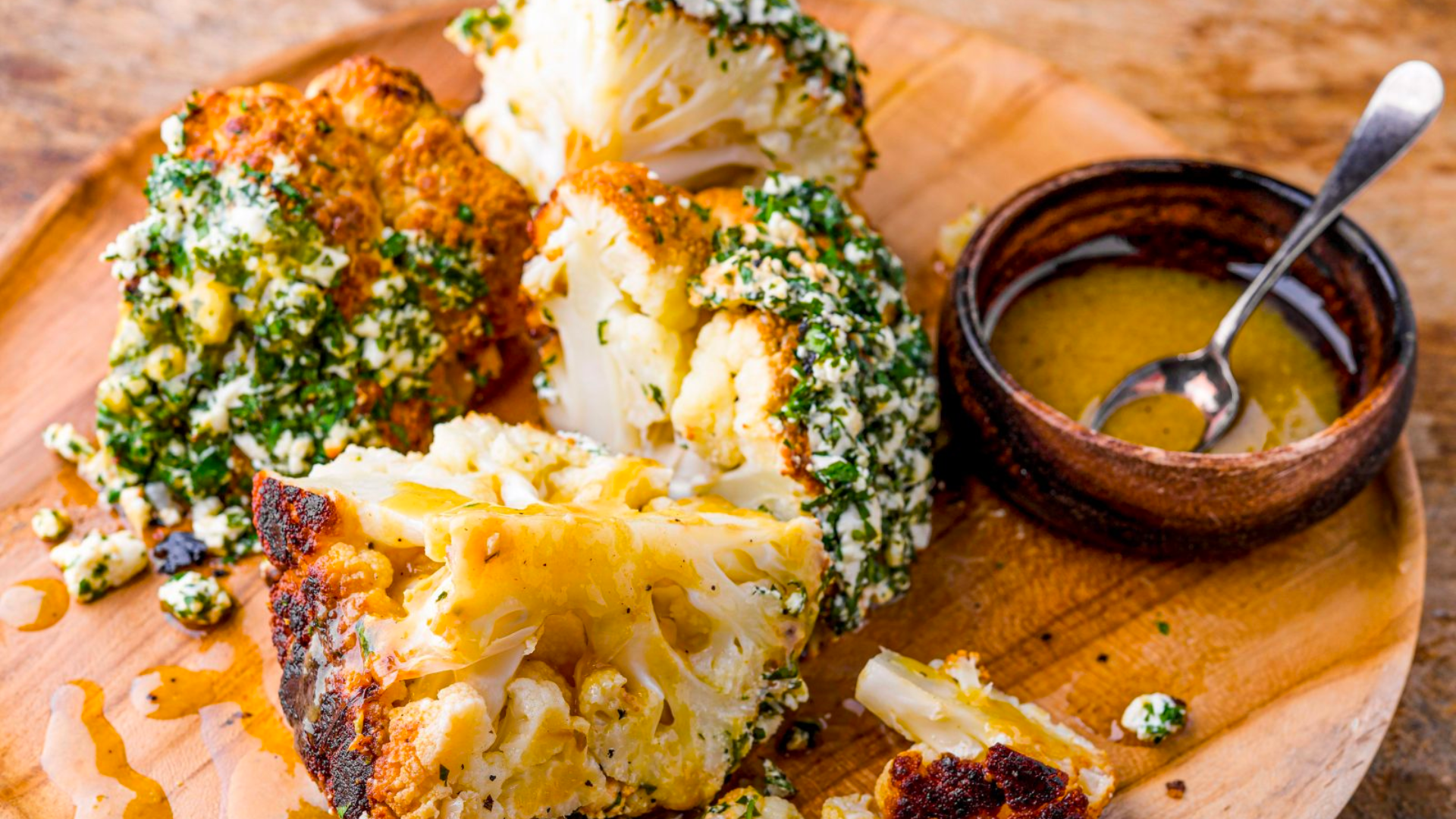
Roasted Whole Cauliflower with Feta
One of our most popular recipes of the year, this cauliflower is a far cry from the bland boiled vegetable you grew up eating. A mixture of olive oil, mustard, balsamic vinegar, honey and garlic is slathered onto a head of cauliflower before roasting, so it gets deeply browned and caramelized in the oven. The cauliflower then gets a finishing swipe of mustard and a coating of feta and parsley before returning to the oven for a few minutes more to soften the feta. It’s surprisingly pretty for a brassica; slice it into neat wedges for easy serving.
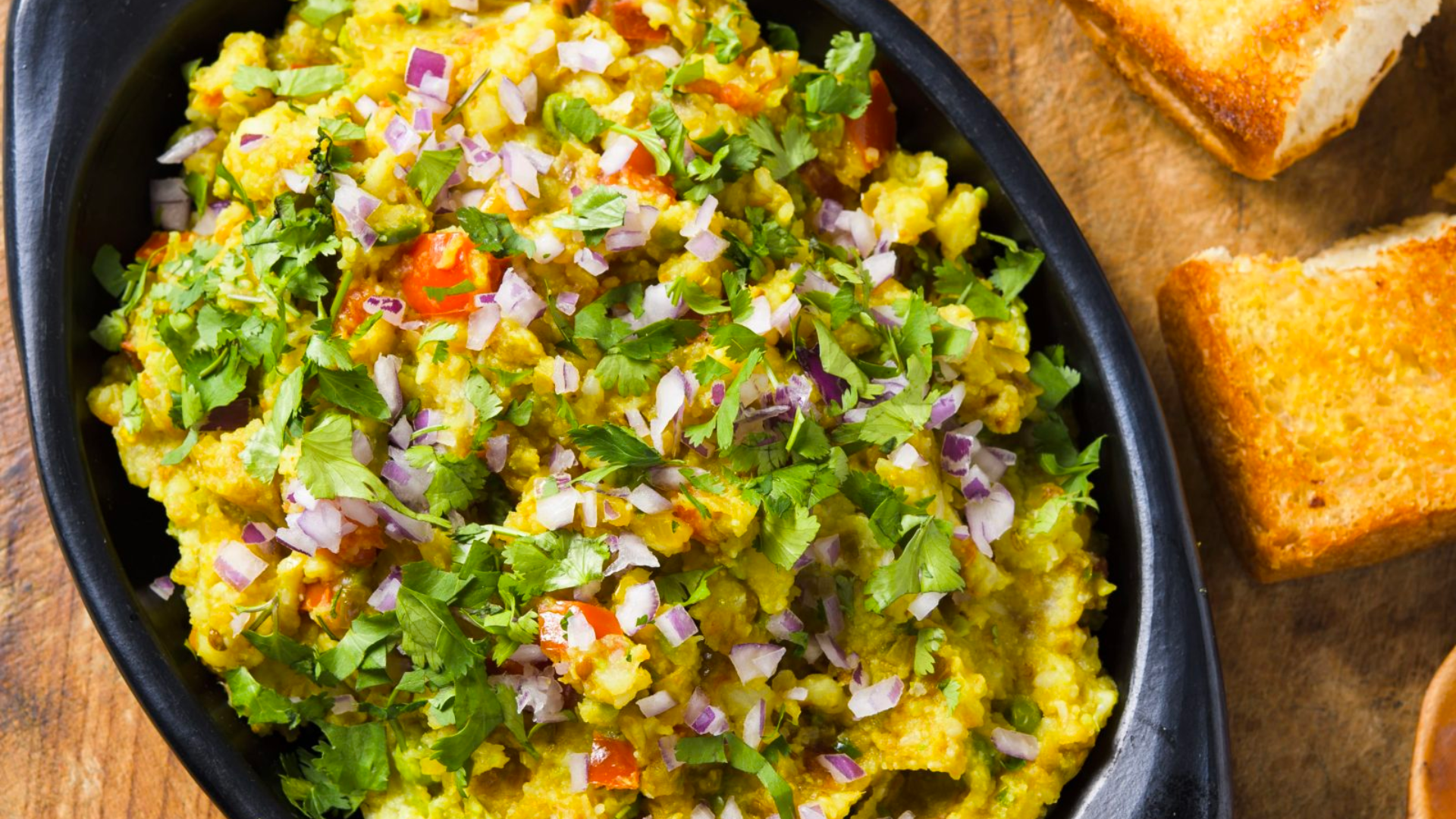
Mashed Vegetable Curry with Toasted Buns (Pav Bhaji)
Pav bhaji, a much-loved fast food in India, is like a vegetarian sloppy Joe. Fragrantly spiced cooked vegetables are mashed to a chunky pulp and served with buttered pav, or soft rolls, for making open-faced sandwiches and mopping up the curry. The dish is such a mainstay that spice blends, called pav bhaji masala, exist to make the seasoning simpler. For our version, in addition to ground turmeric, we use whole coriander, cumin and fennel, and crush them lightly so they lend some texture to the curry. You can pulse the seeds all together (rather than one spice at a time) in an electric spice grinder, or bash them in a mortar with a pestle. If you’re sensitive to chili heat, you may wish to seed the serranos before chopping them.
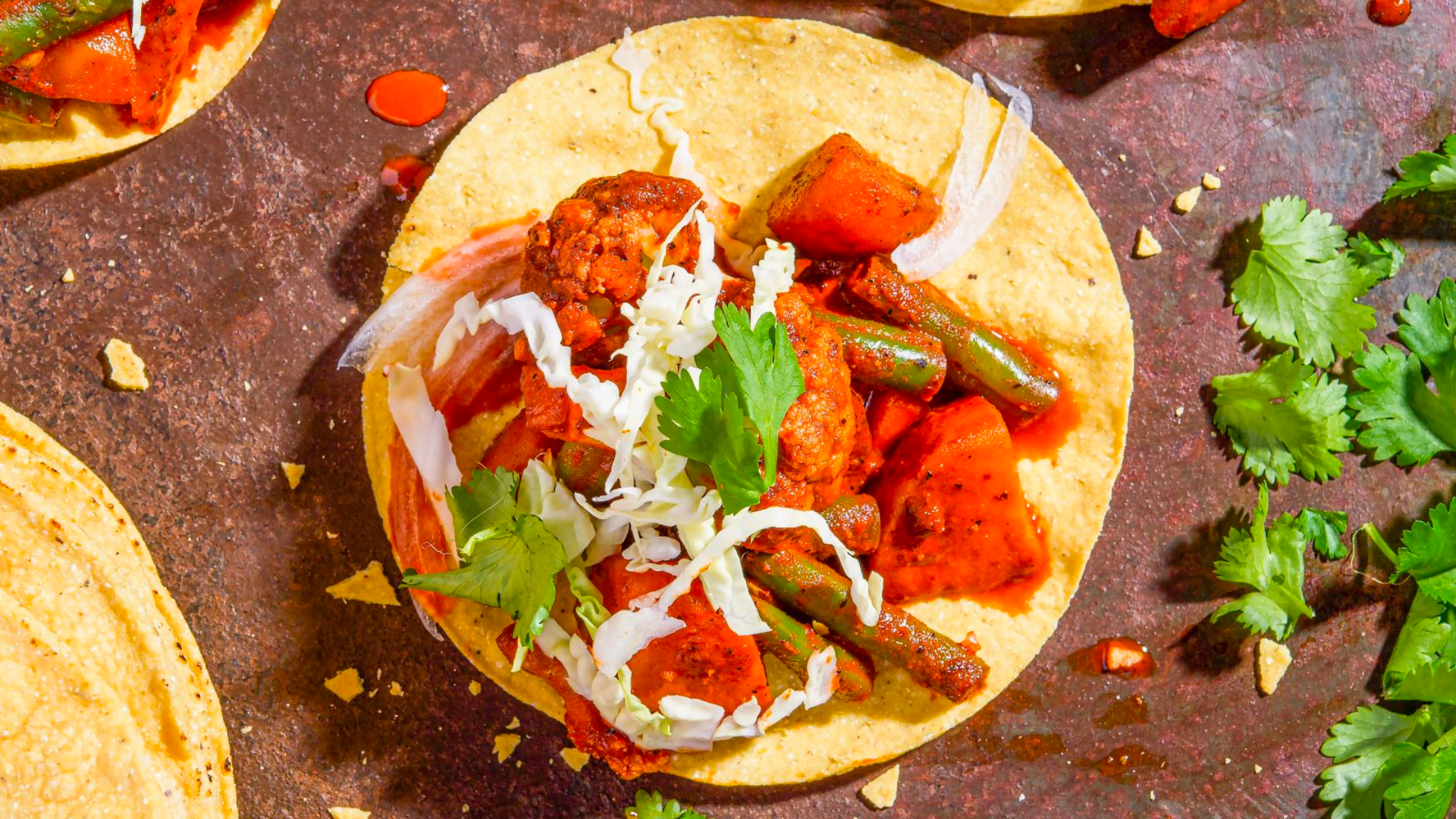
Oaxacan-Style Vegetables in Chili-Garlic Sauce
Some versions of Oaxacan chileajo contain meat, but in chileajo de verduras (also known as chileajo de legumbres), vegetables are the main attraction, along with the earthy, garlicky red chili sauce that coats them (chileajo translates from the Spanish as chili-garlic). We especially like the trio of potatoes, cauliflower and green beans, but feel free to substitute your favorites, adjusting for different cooking times. We toast mild and fruity guajillo chilies in a little oil to draw out their rich flavors before softening them in hot water, then use some of the soaking water when blending the sauce. Vegetable chileajo isn’t usually served as a main. But we think it’s wholly satisfying sandwiched in telera rolls to make tortas.
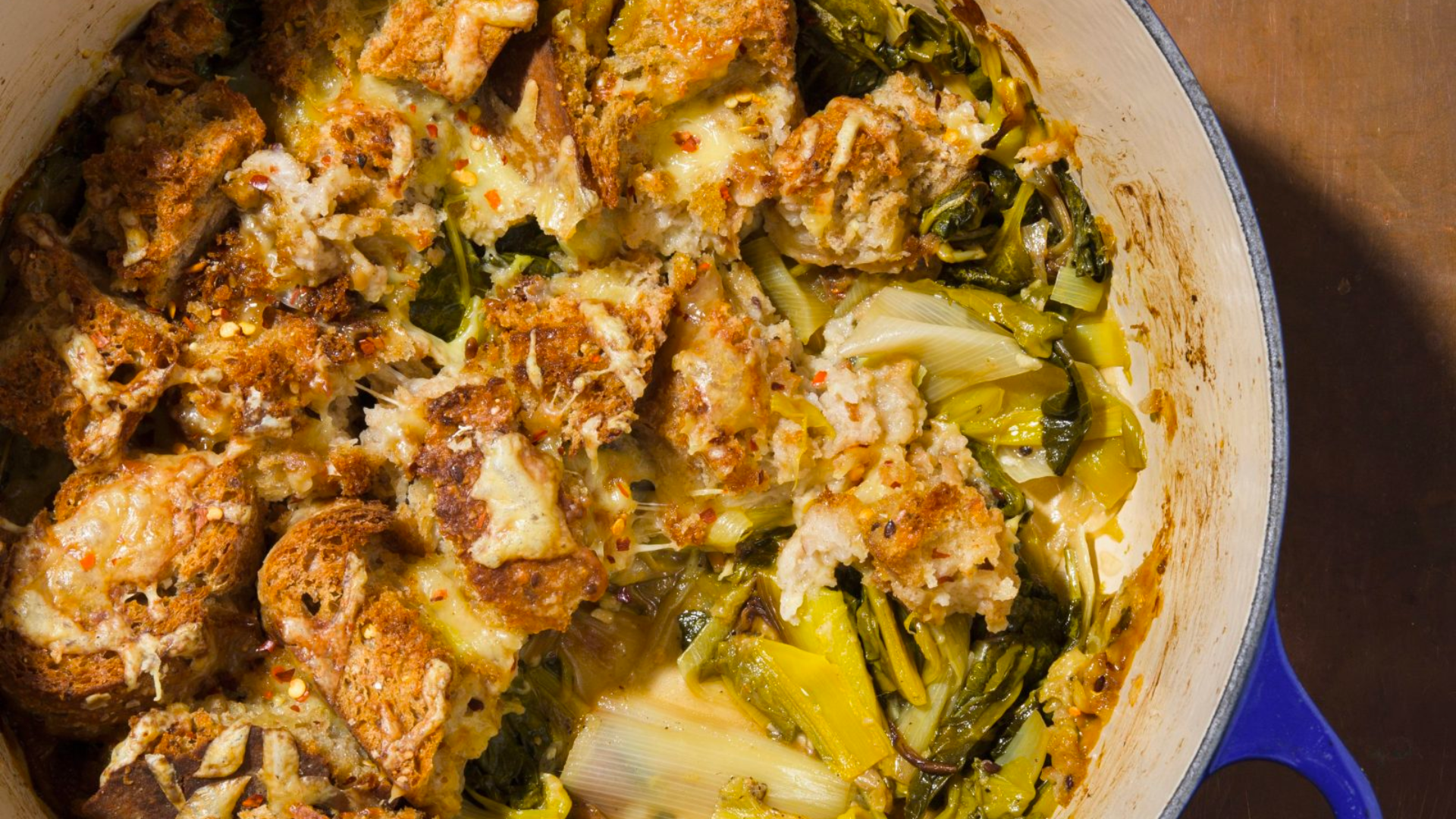
Leek, Kale and Emmentaler Panade
This rustic, golden brown casserole is packed with bread, leeks, kale, and cheese, and it makes the perfect Sunday meal. (It’s also, conveniently, a great way to use up end-of-week stale bread.) We lighten up the cooking liquid by using broth, rather than cream or milk—the bubbling cheese layered beneath and on top of the bread is plenty rich on its own. Make as a side for a simple roasted chicken, or serve it as a main, with a green salad alongside.
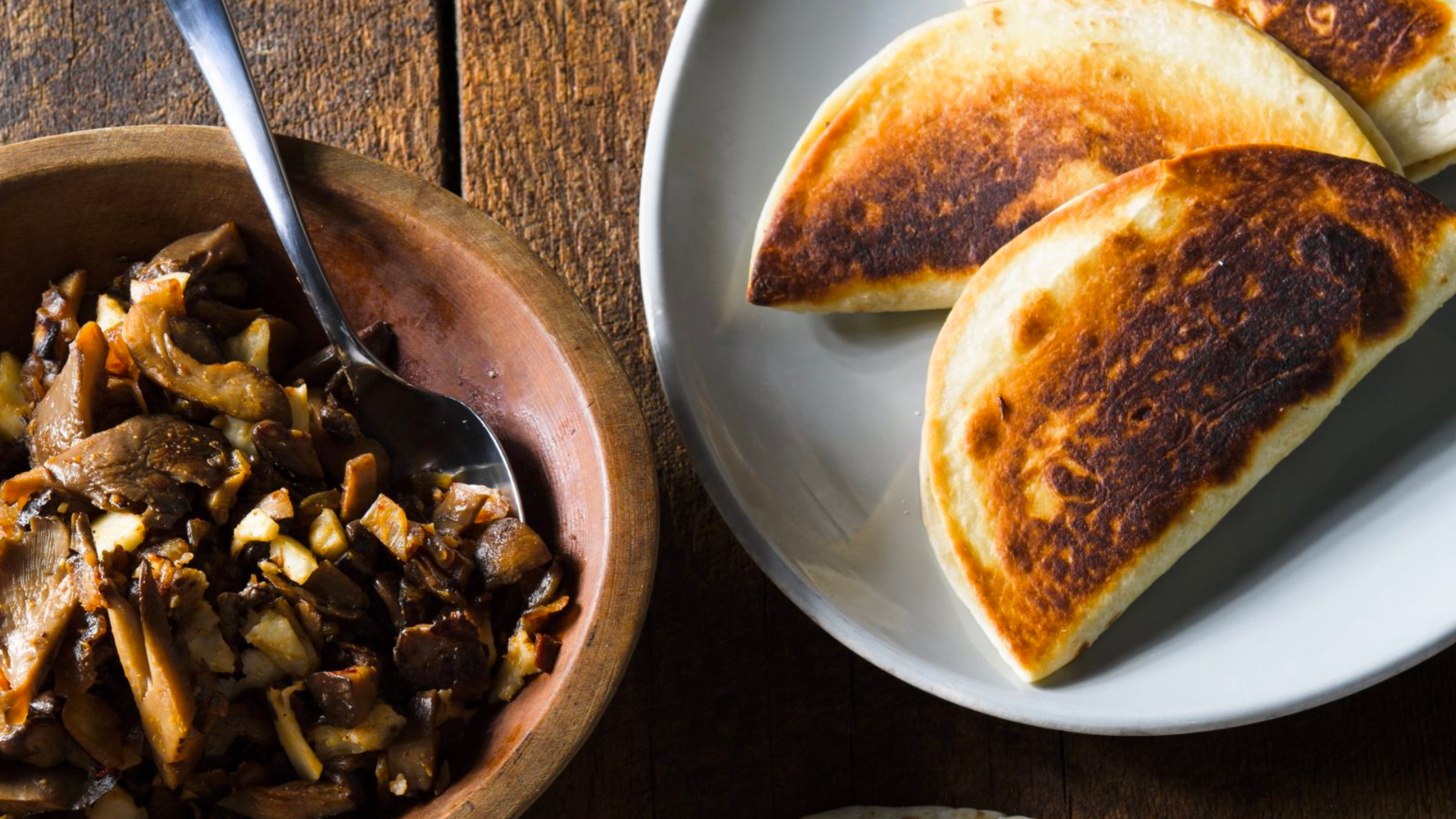
Mushroom and Cheese Quesadillas
Americans tend to have a narrow concept of quesadillas. In Mexico City, they’re often made from fresh masa without cheese; in other parts of the country, they’re made with flour tortillas, with lots of melty Oaxaca cheese. Fillings vary from stewed or griddled meat to squash blossoms to nopales (cactus paddles). In this recipe, we stuff tortillas with a mixture of sautéed mushrooms and cheese, with a little smoky heat from a chipotle chili. Made with four- to five-inch flour tortillas, the quesadillas are perfect for a lunch or snack. If you can’t find queso Oaxaca, any mild melting cheese, such as mozzarella or muenster, will work.
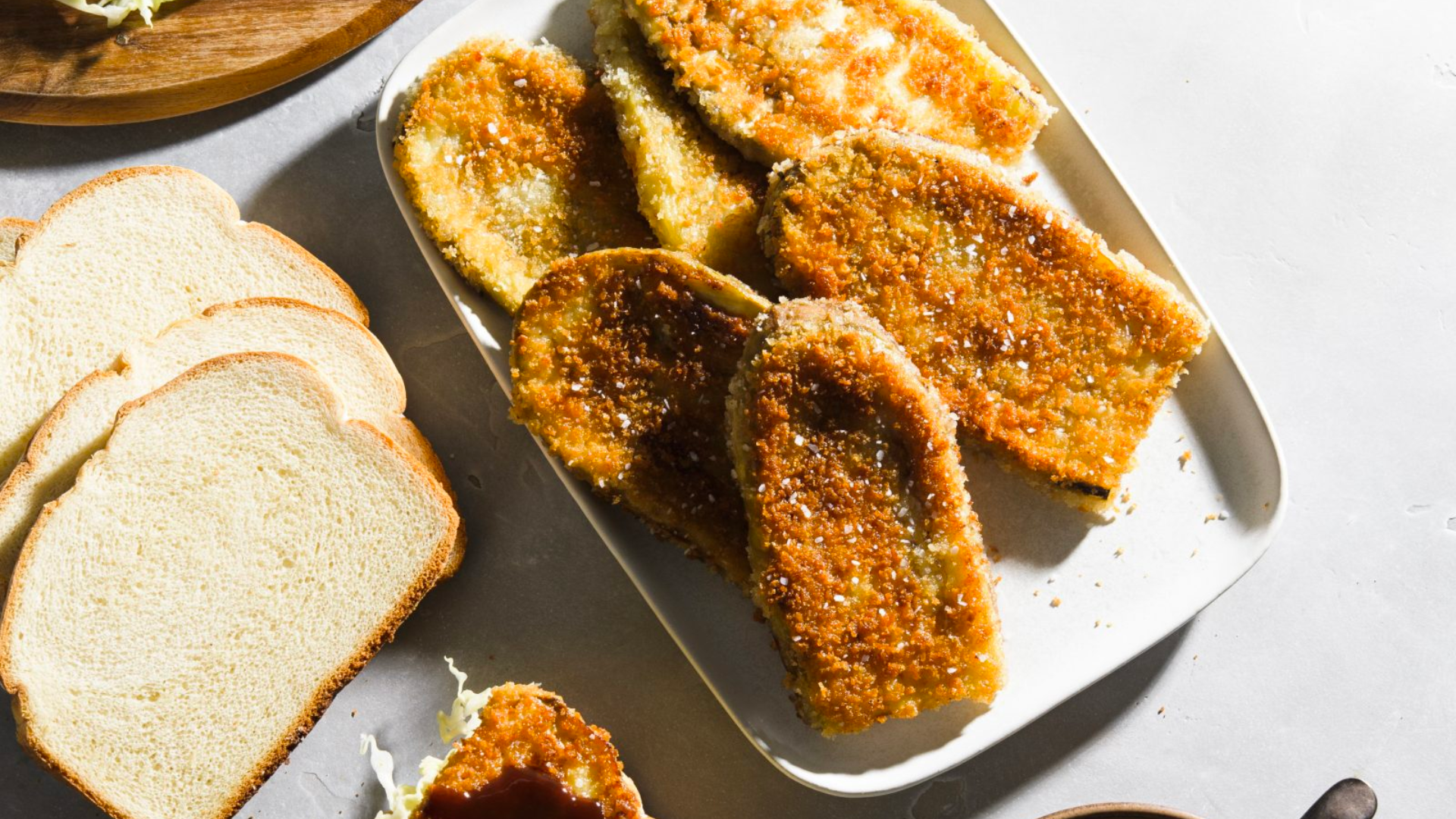
Eggplant “Katsu”
Traditionally made with breaded or fried pork or chicken cutlets, katsu is a widely popular Japanese meal. For this version, we opted for eggplant instead of meat. The cutlets typically are coated with flour, egg and breadcrumbs, but we replaced the egg with a cornstarch slurry, which gives the eggplant an extra-crispy crust. Sandwiched between slices of milk bread, and accompanied with a three-ingredient, savory-sweet tonkatsu sauce, it’s a lighter vegetarian take on the popular bar food.
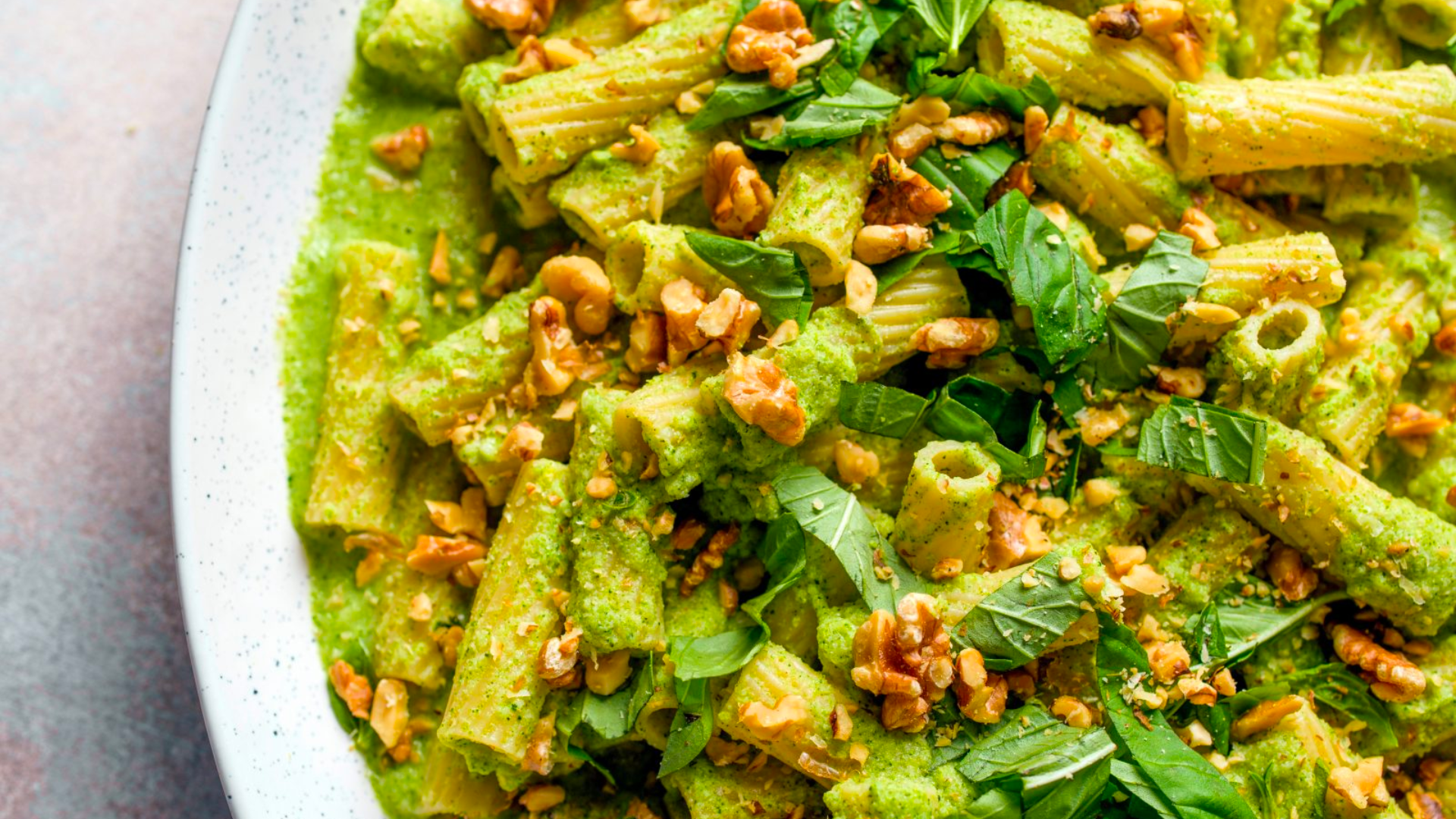
Rigatoni with Broccoli-Lemon Sauce
We updated a Milk Street reader favorite, Rigatoni with Roman Broccoli Sauce—a revelatory broccoli puree from Rome which editorial director J.M. Hirsch described as “light, tasting as bright as its hue—thin, clean and herbal, but still rich.” In this version, we ditch the broccoli stems and spinach and use only the crowns for an even creamier, silkier sauce. A generous dose of Parm brings the satisfying umami, and fresh lemon juice brightens.
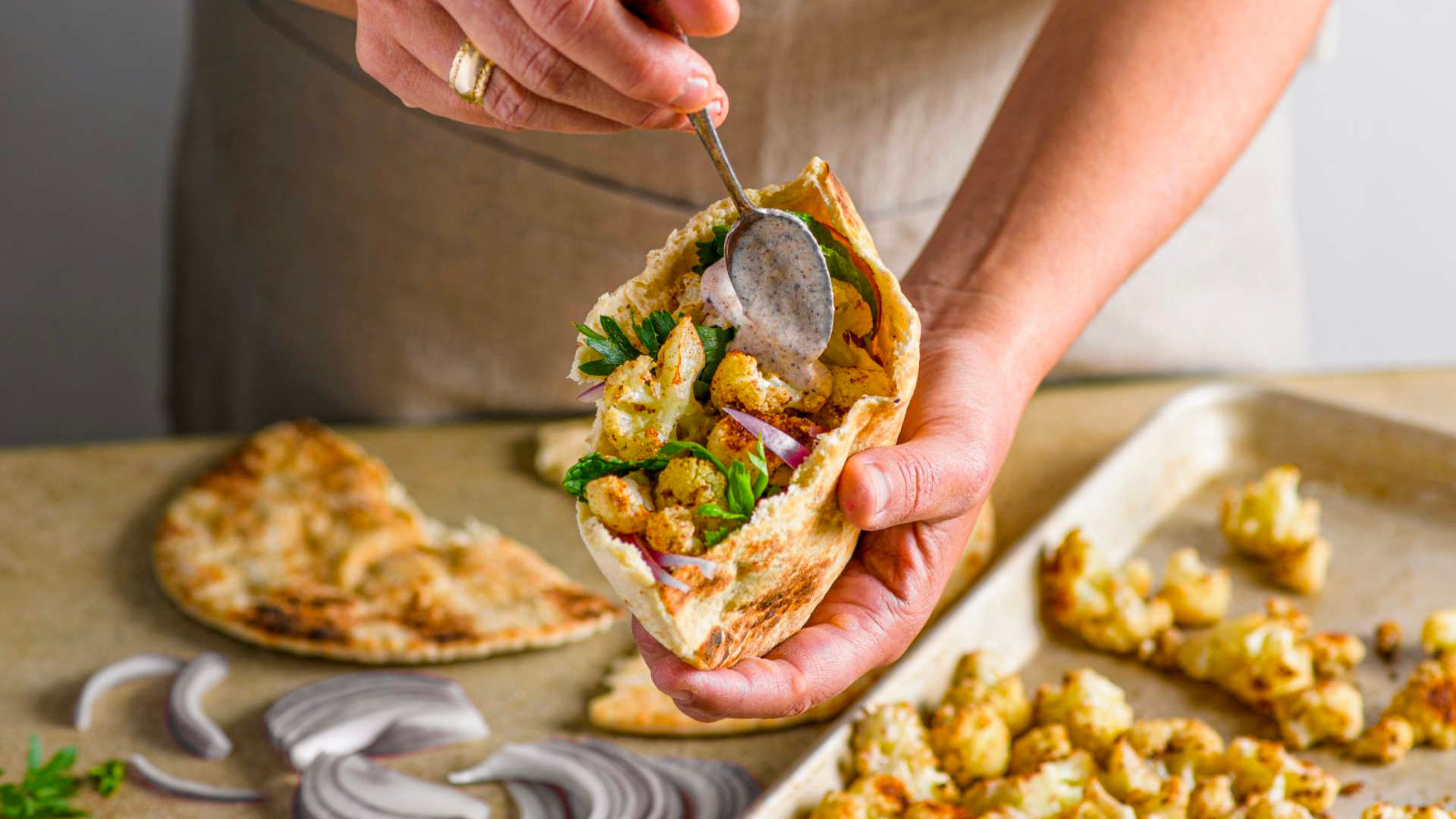
Cauliflower Shawarma
Cauliflower is the veg of choice for meatless shawarma—it pairs well with nearly any type of spicing and cooks up with a satisfying texture. In this recipe, browned florets get tons of flavor from butter, oil and garlic, along with some earthy and tangy spices, perfect for tucking into a pita with onion and tomatoes. Tangy, deep-red sumac is made by grinding the dried berries of the sumac bush; look for it in the spice section of the supermarket or Middle Eastern grocery stores. If it’s not available, use lemon zest; zest alters the flavor profile, but the cauliflower will still taste great.
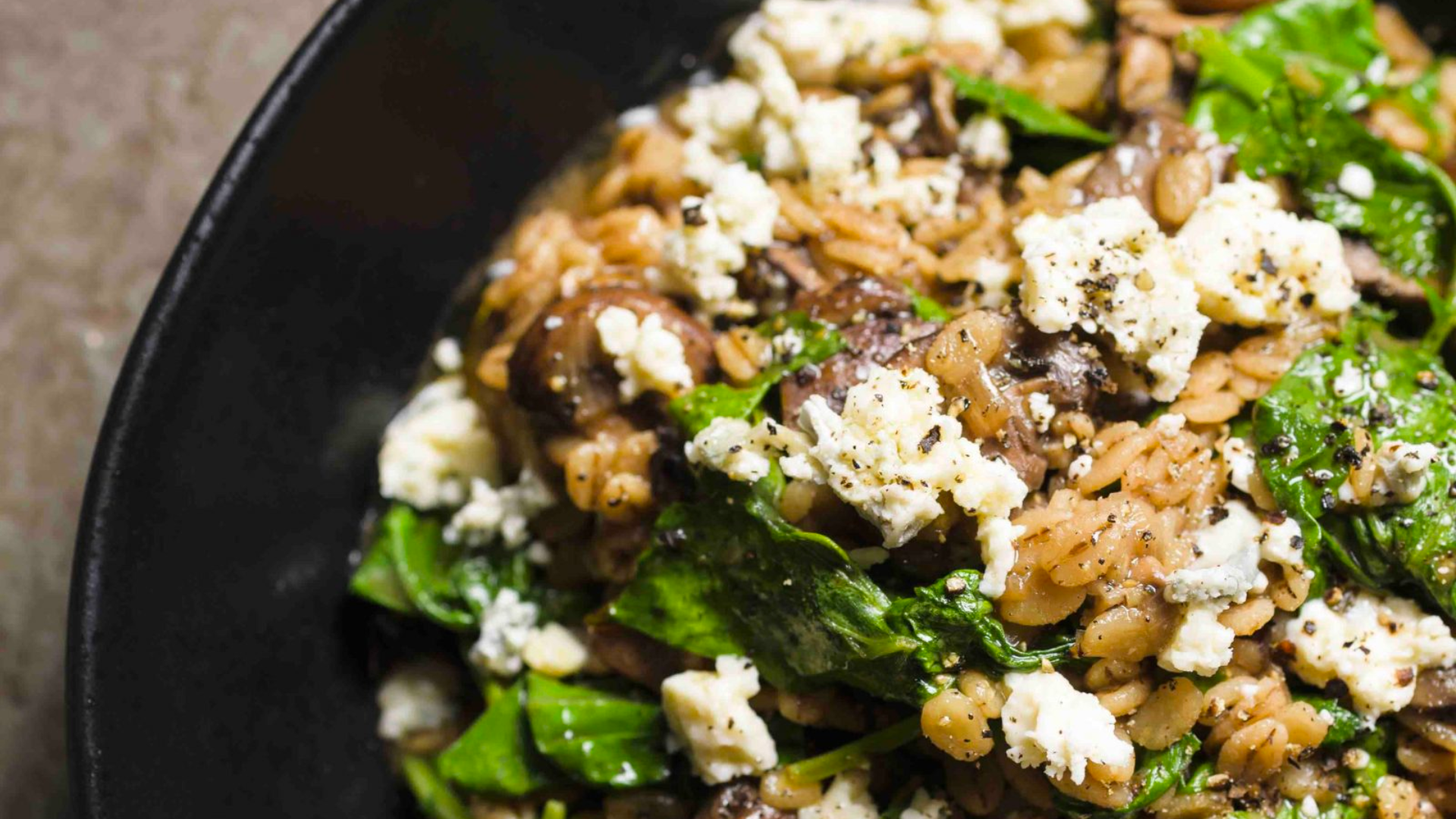
Barley “Risotto” with Mushrooms, Kale and Gorgonzola
Barley, though not commonly used in Mediterranean cuisine, makes a nutty, toothsome risotto-like dish when cooked with the right amount of liquid. We use sautéed cremini mushrooms as a base, wilt in baby kale (or spinach or arugula) at the end, then top it all off with a pungent cheese for a satisfying veggie-heavy meal. The butteriness of Gorgonzola dolce, which is softer and milder than regular Gorgonzola, is an especially good match for the risotto; other delicious cheese options are Taleggio (cut into thin slices with the rind) and Italian fontina (trimmed off rind and cut into small cubes).
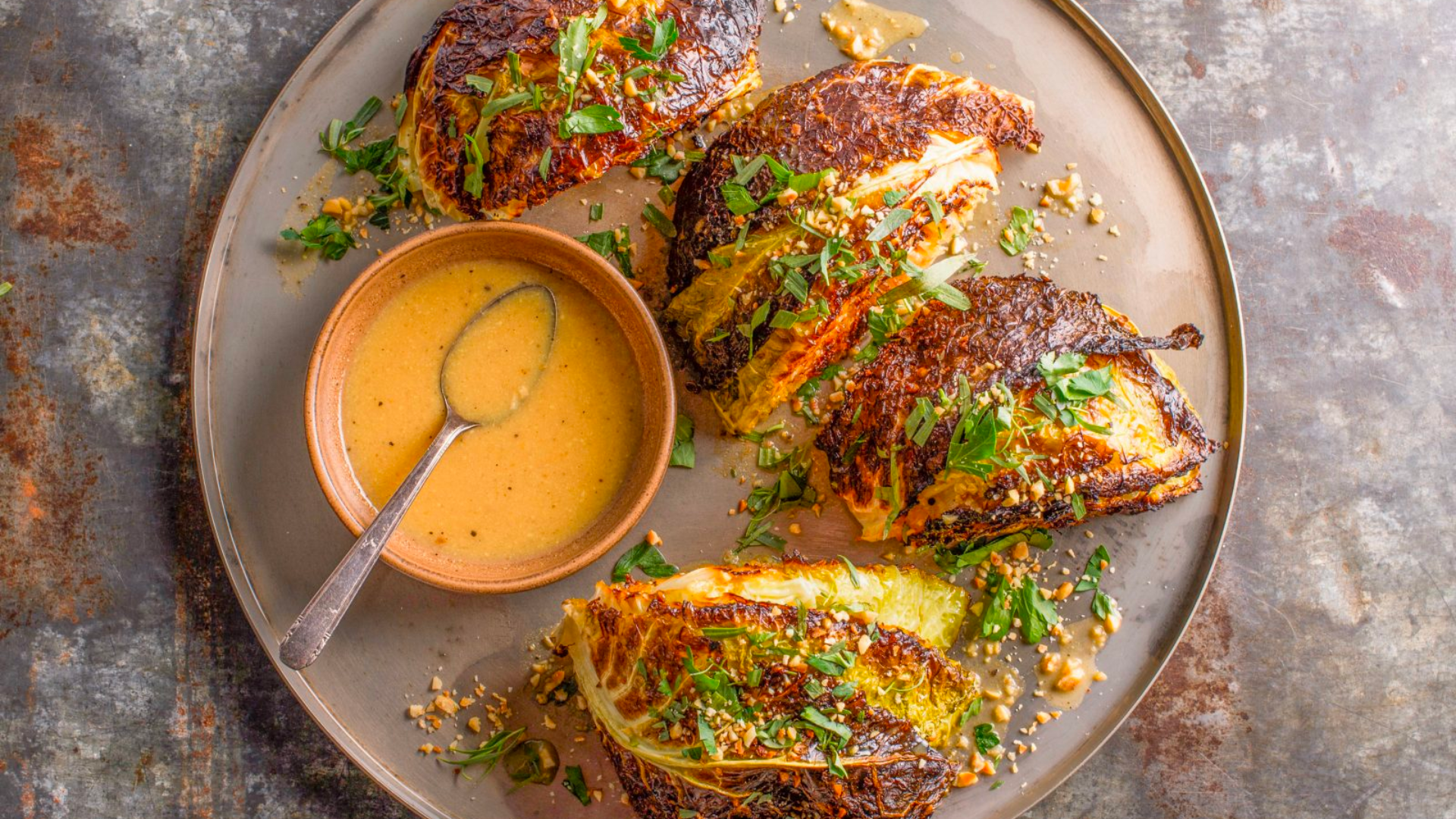
Butter-Roasted Cabbage with Citrus, Hazelnuts and Mustard
This recipe turns a cheap and ubiquitous vegetable into something intensely flavorful. We rub wedges of cabbage with butter and sprinkle them with a fragrant combination of hazelnuts, citrus zest, garlic and coriander. As they roast, the exterior leaves become deeply browned and crispy, while the interior remains silky, sweet and tender. A bright, citrusy dressing helps balance the richness. Be sure to use savoy cabbage rather than regular green cabbage; the frilly leaves cook up with better texture and flavor.
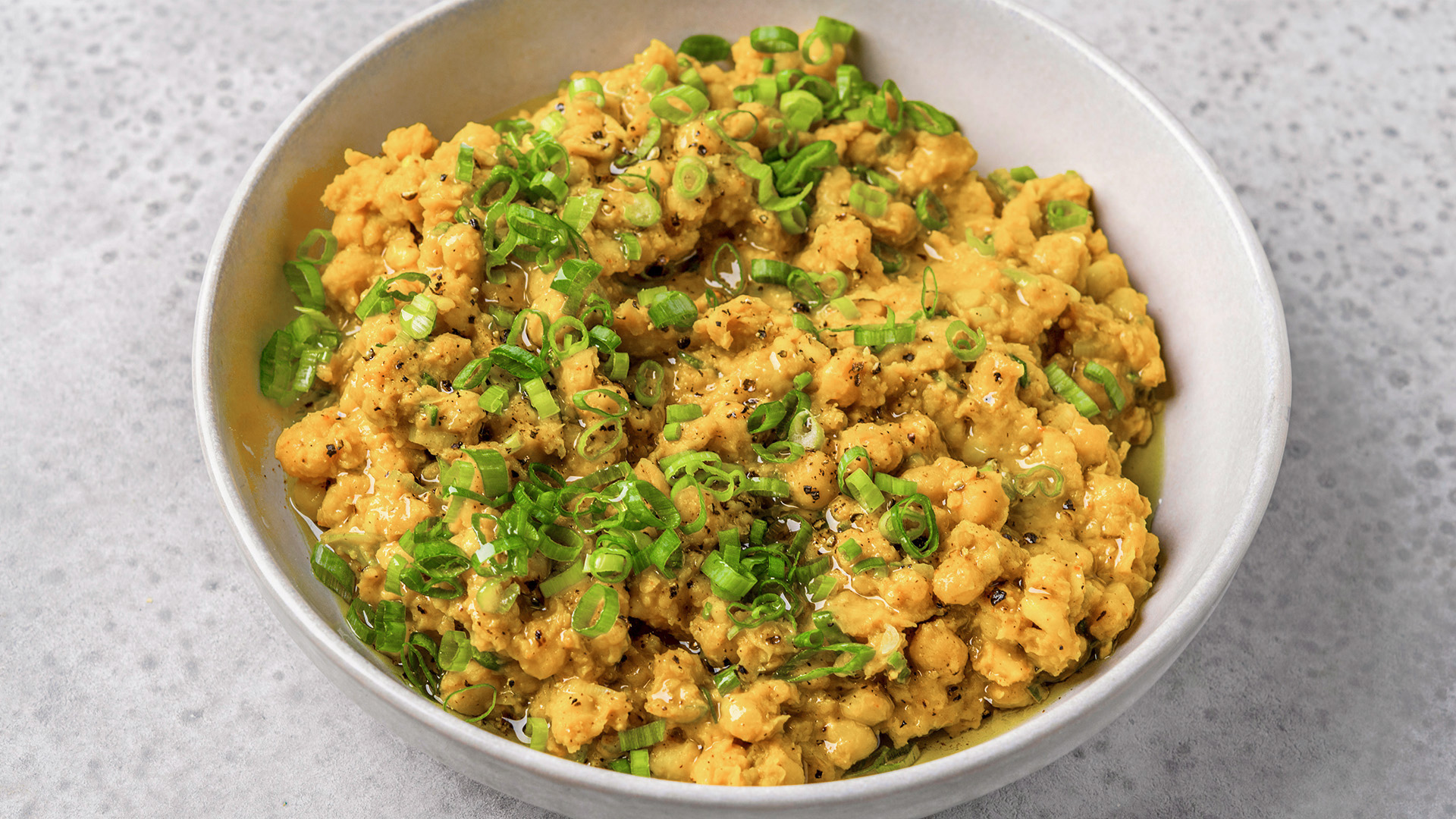
Mashed Chickpeas with Scallions and Lemon
This chickpea mash is more than a side dish—it’s a satisfying vegetarian filling for sandwiches and nutrient-rich alternative to egg salad. Chickpeas make an excellent vehicle for different flavor profiles, so there’s plenty of room to experiment. For our version, we use a lively, contrasting mix of warming spices, olive oil and lemon. Smear it on hearty bread or crunchy crackers like you would any deli salad.
Join the conversation on Facebook, Instagram, TikTok and Pinterest.
And if you're looking for more Milk Street, check out our livestream cooking classes with our favorite chefs, home cooks and friends for global recipes, cooking methods and more.
